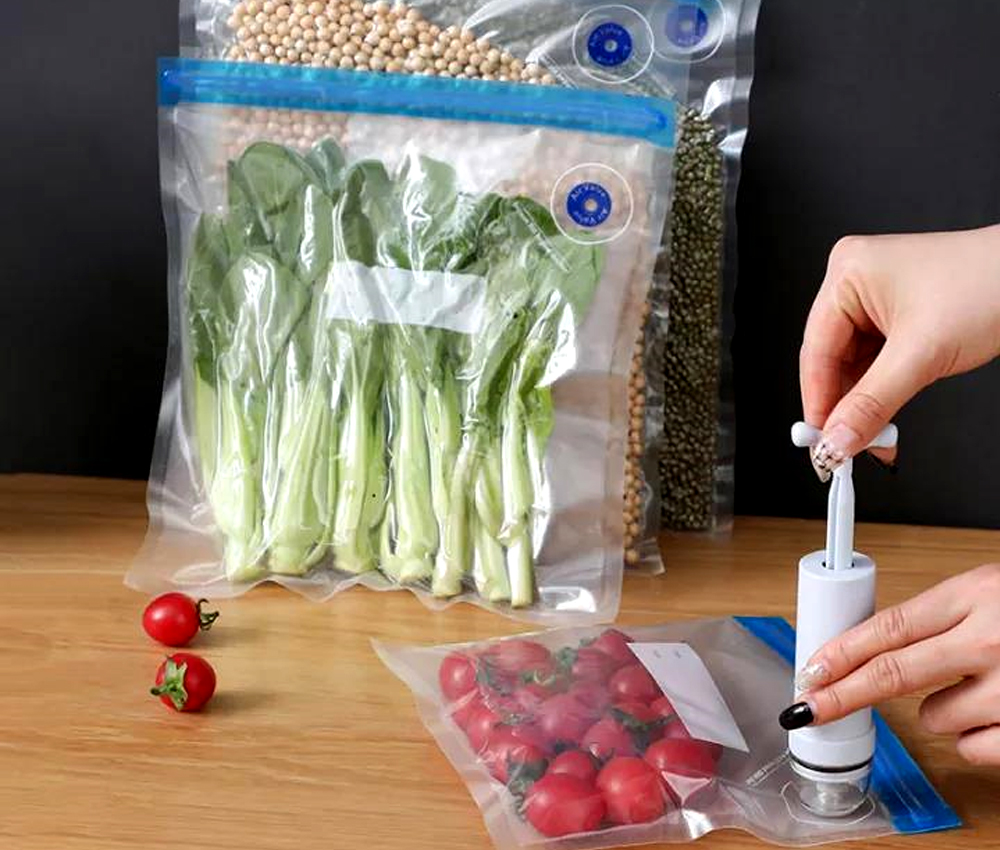 Tel: +86 188 2689 9458
Tel: +86 188 2689 9458
 Tel: +86 188 2689 9458
Tel: +86 188 2689 9458
source:other news release time:2022-12-17 Hits:

At present, there is no unified definition of biodegradable plastic bags in the world, but the definition of biodegradable plastic bags is usually: plastic bags whose chemical organization changes significantly under specific environmental conditions, and whose material performance changes can be measured using standard test methods. The molecular chain of biodegradable plastic bags can be biodegradable in the garbage treatment system or natural environment, and microorganisms can biodegrade them, It eventually turns into carbon dioxide (or methane) and water, enters the biological combined cycle process, and is completely absorbed by the environment, leaving no polymer.
Most of the synthesized pure polymers have the ability to resist microbial attack. However, additives (such as plasticizers, smoothing agents, pigments and antioxidants) reduce this ability. Residual fatty acids of plasticizers, such as stearate, can be degraded by microorganisms and lead to the destruction of polymer surface, performance and even infrastructure. It has been known that the degradation of natural polymers by microorganisms is accomplished through the biosynthesis of enzyme proteins. These enzyme proteins can be located on the cell wall or in the protoplasm structure of the cell. Some enzymes can sneak into the surrounding environment, while others remain in the cell and are released only when the cell is dissolved or mechanically broken. Enzymes have only a highly specific catalytic capacity for biochemical reactions, which can be carried out rapidly under suitable physiological conditions.
There are two degradation methods for biodegradable plastic bags, which can be divided into: (1) biophysical degradation method: when microorganisms attack and erode polymer materials, polymer components will be hydrolyzed, ionized or protonated due to the growth of biological cells to split into oligomer fragments, and the polymer molecular structure will remain unchanged, which is a degradation process caused by biophysical effects of polymers. (2) Biochemical degradation method: due to the direct action of microorganisms or enzymes, the polymer is decomposed or oxidized into small molecules until it is finally decomposed into carbon dioxide and water, which belongs to the biochemical degradation method.
Read recommendations:
Custom Portable Reusable Drink Bags Stand Up Plastic Spout Pouches For Beverages Liquid Packaging
coffee grinds pouch Production
liquid pouch with spout Factory.Introduce the materials of food packaging bags
Popular recommendation
Hot Sale BPA Free Plastic Drink Juice Fruit Liquid Packaging Stand Up Bag Spout Pouch
Pouch with handle
Custom Size Printed Coffee Milk Juice Wine Bib Bag-In-Box With Valve Gift Cardboard Box
spout pouch packaging bags Vendor
coffee grinds pouches Production
bag in box wine supplier
Spout pouch manufacturer
clear spout pouch distributors
spout pouch packaging company
recyclable spout pouches manufacture
Liquid bags: making agricultural input packaging more efficient
Bag-In-Box: The Future of Flexible Packaging and Its Impact on Top-line Growth
A bag is a bag used to pack various articles
Beverage Pouch: The Ultimate Guide
Key Players in Bag-in-Box Industry
What are the aspects of food packaging?reusable Snack food bag Manufacturing
What are the interactions between the packaging material and the object to be packaged
Tell you how to distinguish the material of the vacuum packaging bag
Why are stand up pouch bags widely used?
Requirements for fertilizer packaging bags.
Plastic packaging bags teach you what to pay attention to when using plastic packaging.gusset alumin
Disinfection work should be done well in the production of sterile bags
Two composite methods of vacuum packaging bags
How to classify and differentiate composite food bags.aluminum foil bags for grilling Production
Function of plastic food packaging bags
Causes and solutions for the difficulty of aluminum foil bags.aluminum foil bags for grilling
Introduction and classification of composite packaging bags
Seven factors that should be paid attention to in the design of vacuum food packaging bags
Why does the vacuum packaging bag leak?vacuum sealer bags for food
The use of active box in bag packaging technology will become a trend.gusset aluminum foil bag